Below is the detailed biography of Richard Redgrave, a British landscape artist and an administrator of the Victorian era.
Early Life of Richard Redgrave
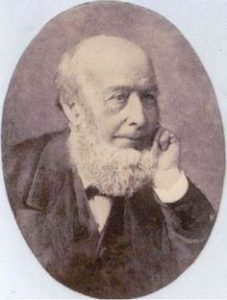
Richard Redgrave was born in Pimlico, London on the 30th of April 1804 to William Redgrave who was a local manufacturer. His older brother was Samuel Redgrave, a British civil servant and a writer on art. He started his career by working in father’s firm.
While working for his father, he took breaks and visited the British Museum where he was often found making drawings of sculptures in the museum. He quit working for his father in 1830. During this time, he was submitting many of his drawings to the Royal Academy to get admission.
Art Career of Richard Redgrave
Finally, he started working as an art teacher at the Academy. In the year 1840, he exhibited his painting, ‘The Wonderful Cure by Paracelsus’ at the Royal Academy which paved the way for him to become a successful artist. Later in 1851, he exhibited more paintings at the Academy like ‘The Outcast’ and ‘Gulliver on the Farmer’s Table’ in 1837.
Further, he resorted to teaching as his primary career when he started teaching botany at the Government School of Design. He became a headmaster at this school in the year 1848. In his next 4 years as headmaster, he made his way to becoming the art superintendent in 1852.
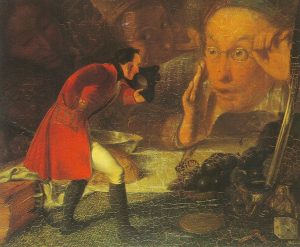
He was greatly instrumental in the founding of the South Kensington Museum. In the year 1857, he was the Art Director at the South Kensington Museum. In the famous Paris Exhibition of 1855, he served the executive committee of the British section for which he was rewarded the cross of the Legion of Honour.
He was known for his excellence in the portrayal of royal subjects and palaces. He was the official surveyor of crown pictures from 1856 – 1880. During these years, he produced extremely detailed pictures of the Windsor Castle, Buckingham Palace and some other royal residences.
Along with his brother, he produced a book called ‘A century of English painters’ that was published in 1866. He became a wealthy man with all his contracts with the Royal family and bought a house in Hyde Park, London – one of the most prominent places in England.
Paintings of Richard Redgrave
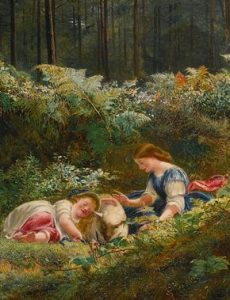
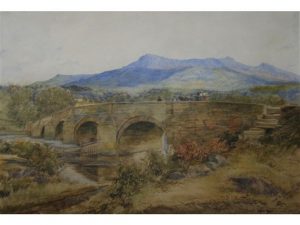
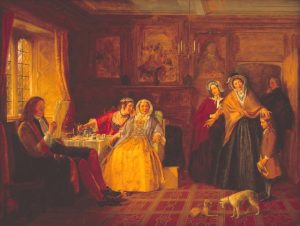

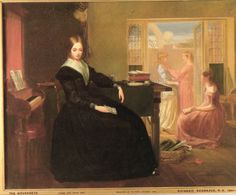
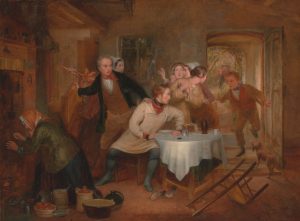
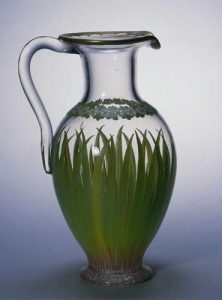
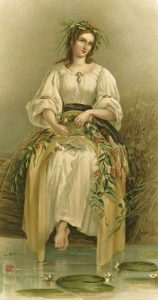
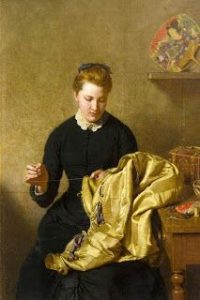
Later Life and Death of Richard Redgrave
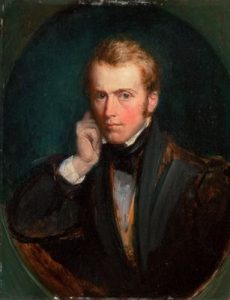
His ill health in his later years forced to resign his job and remain at home to rest. After he retired, he delivered 175 pictures to the Royal Academy. He was also offered the honour of Knighthood in 1869 which he refused to accept. His painting generally involved a scenario that gave many depictions.
Richard Redgrave died at his residence in Hyde Park, Kensington, London.